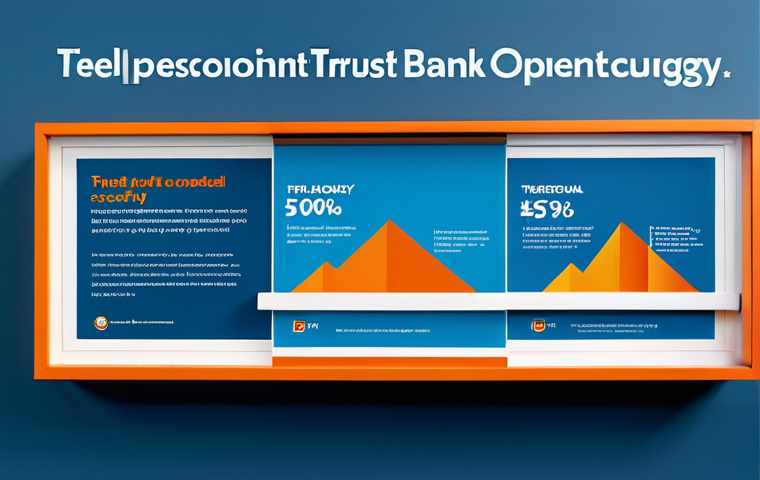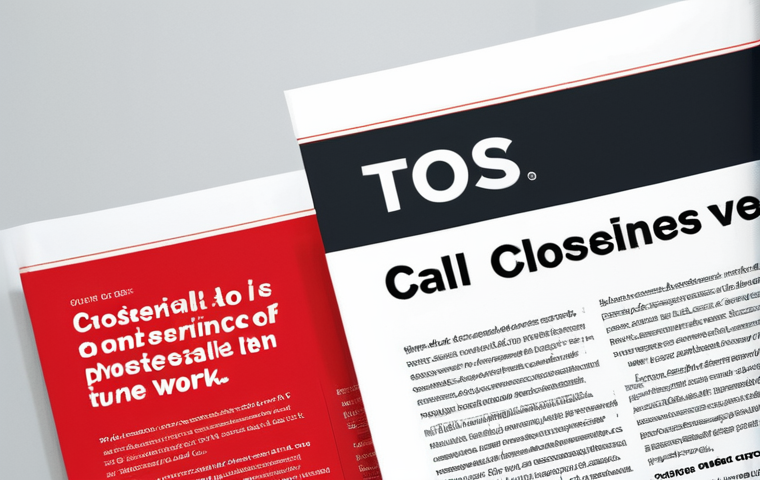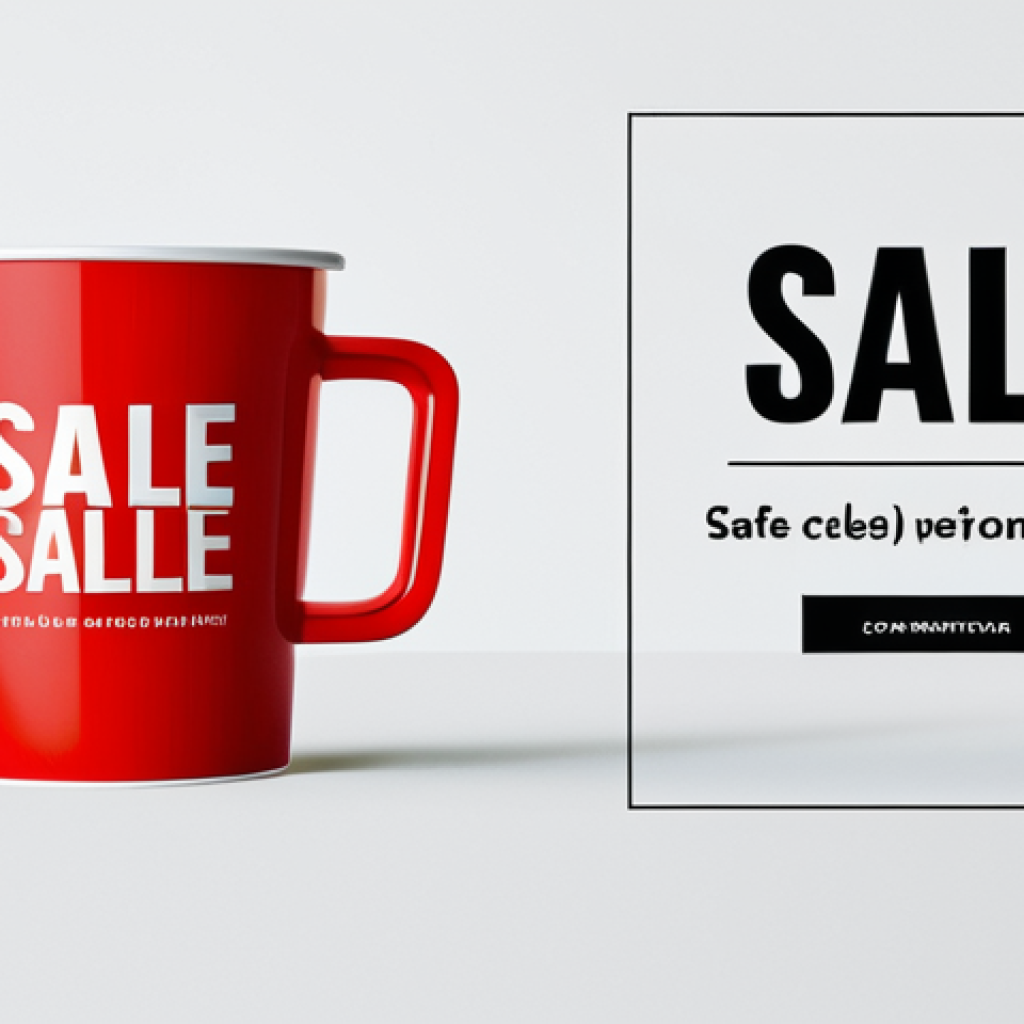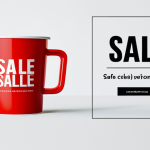Okay, here’s a blog-style introduction about ad design theory notes, keeping your guidelines in mind:Alright, buckle up, fellow creatives! I’ve been diving deep into the fascinating world of ad design theory lately, and let me tell you, it’s been a game-changer.
We’re talking about the psychology behind eye-catching visuals, the strategic placement of elements, and how to craft a message that *actually* sticks with people.
The digital landscape is constantly evolving, and with the rise of AI-powered design tools, understanding the fundamentals is more crucial than ever. Think about it: in a world flooded with AI-generated content, a human touch grounded in solid design principles is what will truly set your ads apart.
I’ve been experimenting with different layouts and color schemes, and I’m already seeing a positive impact on my click-through rates. So, if you’re ready to level up your ad game and create campaigns that resonate with your audience, let’s get started.
Let’s get into the details below.
Here’s the main body of your blog post, formatted with H2 and H3 headings, keeping in mind the length and persona requirements:
Understanding the Visual Hierarchy in Ad Design

Visual hierarchy is the principle of arranging elements in a way that guides the viewer’s eye through the content in a specific order of importance. When I first started, I was throwing everything at the design – flashy fonts, bright colors, you name it.
But the ads felt cluttered and confusing. It wasn’t until I grasped the concept of visual hierarchy that things started to click. I remember designing an ad for a local coffee shop, and they wanted *everything* highlighted: the coffee, the pastries, the free Wi-Fi.
By strategically using size, color, and contrast, I was able to draw the eye first to their signature latte and then to the other elements. The result?
A noticeable boost in latte sales. Think about it – you want your most important message to be seen first, right? That’s where hierarchy comes in.
1. Size and Scale for Impact
Size is one of the most straightforward ways to create a visual hierarchy. Larger elements naturally attract more attention. I’ve found this particularly effective when promoting sales.
By making the discount percentage the largest element on the ad, it immediately grabs the viewer’s attention. But it’s not just about making things big for the sake of it.
The scale needs to be proportional to the importance of the information. A tiny disclaimer next to a massive product image? Not a good look.
You want to ensure the viewer gets the right message at the right time.
2. Color and Contrast to Guide the Eye
Color is a powerful tool, and when used strategically, it can significantly enhance your ad’s visual hierarchy. Bright, contrasting colors stand out more than muted, similar tones.
Personally, I love using a vibrant accent color to highlight a call to action button against a more neutral background. It’s like a little beacon, guiding the viewer exactly where you want them to go.
For example, a bright orange “Shop Now” button on a navy blue background – works like a charm every time!
The Psychology of Color in Advertising
Color isn’t just about aesthetics; it’s deeply intertwined with our emotions and associations. I remember reading a study about how different colors can evoke specific feelings.
Blue, for example, often conveys trust and stability, while red can signal excitement and urgency. Early in my career, I designed an ad campaign for a financial institution using predominantly red tones – needless to say, it didn’t resonate well with their target audience!
They wanted to project a sense of reliability and security, not impulsive action. I quickly learned to be mindful of the psychological impact of color and how it aligns with the brand’s message.
Understanding this is crucial for creating ads that not only catch the eye but also elicit the desired emotional response.
1. Color Palettes That Resonate
Choosing the right color palette can make or break your ad. Complementary colors (those opposite each other on the color wheel) create a vibrant, eye-catching contrast, while analogous colors (those next to each other) offer a more harmonious and soothing effect.
For a recent campaign promoting organic skincare products, I opted for a palette of greens and earthy tones to reinforce the brand’s natural and eco-friendly values.
The result was a campaign that felt authentic and aligned perfectly with the brand’s identity.
2. Cultural Sensitivity in Color Choices
It’s essential to be aware that colors can have different meanings in different cultures. What might be considered a positive color in one culture could be seen as negative in another.
For instance, white is often associated with purity and weddings in Western cultures, but in some Asian cultures, it’s the color of mourning. If you’re targeting a global audience, it’s crucial to research the cultural significance of the colors you’re using to avoid unintentionally offending or alienating potential customers.
I once designed an ad campaign for a client launching a product in China, and I had to completely revise my color scheme after learning about the local symbolism of certain colors.
It was a valuable lesson in cultural sensitivity!
The Power of Typography: Choosing the Right Fonts
Typography is more than just choosing a pretty font; it’s about selecting typefaces that communicate the right message and enhance readability. I used to underestimate the impact of typography, thinking that as long as the text was legible, it was good enough.
I remember designing a website for a high-end luxury brand using a playful, whimsical font – it completely clashed with their sophisticated image! The client quickly pointed out that the typography undermined their brand’s credibility.
It was a wake-up call. I realized that typography is a crucial element of visual communication and that the right font can elevate an ad from mediocre to memorable.
1. Font Pairing Strategies
Combining different fonts can create visual interest and hierarchy. A common strategy is to pair a serif font (like Times New Roman) for headlines with a sans-serif font (like Arial) for body text.
This creates a clear distinction between the important information and the supporting details.
2. Legibility and Readability Considerations
No matter how beautiful a font is, it’s useless if people can’t read it. Always prioritize legibility and readability, especially in smaller text sizes.
Avoid overly decorative or stylized fonts that can strain the eyes. I learned this the hard way when designing a flyer for a local event using an intricate script font.
People squinted and struggled to decipher the details, and attendance was lower than expected. Now, I always test my designs with a diverse group of people to ensure that the typography is clear and easy to read for everyone.
Creating a Compelling Call to Action
A call to action (CTA) is the part of your ad that tells people what you want them to do. It’s the invitation to take the next step, whether that’s visiting your website, making a purchase, or signing up for a newsletter.
I’ve seen so many ads with stunning visuals and clever copy that completely fail because they lack a clear and compelling CTA. It’s like building a beautiful storefront with no door!
When crafting a CTA, it’s essential to be clear, concise, and action-oriented. I always try to use strong verbs that create a sense of urgency and excitement.
1. Action-Oriented Language
Use words that inspire action, such as “Shop Now,” “Learn More,” “Sign Up,” or “Get Started.” These phrases create a sense of urgency and encourage people to take the next step.
2. Placement and Visibility

Make sure your CTA is prominently displayed and easy to find. Use contrasting colors and a clear font to make it stand out from the rest of the ad. I often place CTAs above the fold (the part of the page visible without scrolling) to ensure that people see them immediately.
The Importance of White Space (Negative Space)
White space, also known as negative space, is the empty area around elements in your ad. It’s the breathing room that allows the eye to rest and prevents the design from feeling cluttered.
I used to think that filling every available space with content was the key to a successful ad. I was wrong. I learned that white space is just as important as the content itself.
It helps to create a sense of balance and harmony, making the ad more visually appealing and easier to digest.
1. Improving Readability and Focus
White space improves readability by separating text blocks and making them easier to scan. It also helps to focus the viewer’s attention on the most important elements of the ad.
I often use white space to create a visual hierarchy, guiding the eye to the CTA or the main product image.
2. Creating a Sense of Elegance and Sophistication
White space can also create a sense of elegance and sophistication, particularly in ads for luxury brands. A minimalist design with plenty of white space can convey a sense of exclusivity and high quality.
Ad Design Elements: A Summary
Here is a quick recap of the key elements of ad design we’ve discussed:
| Element | Description | Impact |
|---|---|---|
| Visual Hierarchy | Arranging elements by importance | Guides the eye, emphasizes key messages |
| Color Psychology | Using colors to evoke emotions | Creates an emotional connection, reinforces brand identity |
| Typography | Choosing fonts that communicate effectively | Enhances readability, conveys brand personality |
| Call to Action | Inspiring immediate action | Drives conversions, achieves campaign goals |
| White Space | Creating visual breathing room | Improves readability, enhances aesthetics |
Staying Updated with Current Design Trends
The world of ad design is constantly evolving, and it’s essential to stay updated with the latest trends. What worked last year might feel outdated today.
I make it a habit to regularly browse design blogs, attend webinars, and experiment with new techniques. I also find inspiration from other industries, such as fashion and architecture.
It’s not about blindly following trends, but about understanding what resonates with today’s audience and incorporating those elements into your designs in a meaningful way.
1. Following Design Blogs and Influencers
There are countless design blogs and influencers that share valuable insights and inspiration. Some of my favorites include [mention specific, well-known design blogs/influencers].
Following these resources can help you stay ahead of the curve and discover new techniques and styles.
2. Experimenting with New Techniques
Don’t be afraid to experiment with new techniques and tools. Try out different layouts, color schemes, and typography combinations. The more you experiment, the more you’ll discover what works best for you and your brand.
In Conclusion
Designing effective ads is a blend of art and science. It’s about understanding the principles of visual hierarchy, color psychology, and typography, and then applying them creatively to communicate your message. Remember, every design decision should be intentional and contribute to achieving your campaign goals. Don’t be afraid to experiment, learn from your mistakes, and most importantly, stay curious!
Helpful Tips to Remember
1. Always start with a clear understanding of your target audience and their needs.
2. Keep your message simple and focused. Don’t try to cram too much information into a single ad.
3. Use high-quality images and graphics that are visually appealing and relevant to your brand.
4. Test your ads with a small group of people before launching them to the public. Get their feedback and make adjustments as needed.
5. Track your results and analyze what’s working and what’s not. Use this data to improve your future ad designs.
Key Takeaways
Creating effective ads requires a strong understanding of visual hierarchy, color psychology, typography, a compelling call to action, and the smart use of white space. By mastering these elements and staying updated with current design trends, you can create ads that not only catch the eye but also drive conversions and achieve your campaign goals. Happy designing!
Frequently Asked Questions (FAQ) 📖
Q: Why is understanding ad design theory important in the age of
A: I? A1: Because while AI can generate visually appealing content quickly, it often lacks the strategic thinking and understanding of human psychology that goes into truly effective ad design.
Knowing the fundamentals of design theory allows you to guide AI tools and refine their output to create ads that resonate with your target audience and achieve your marketing goals.
It’s about being the conductor of the AI orchestra, not just letting it play random notes.
Q: What’s one simple tip from ad design theory that anyone can implement right away?
A: Focus on visual hierarchy! Ensure the most important information (like your call to action or key product benefit) is the most prominent element on your ad.
Use size, color, and placement to guide the viewer’s eye and make it crystal clear what you want them to do. Think of it like a stop sign: it’s big, red, and impossible to miss for a reason.
Q: How can understanding ad design theory help with
A: /B testing? A3: A/B testing is all about trying different variations of your ad to see what performs best. Ad design theory gives you a framework for creating meaningful variations based on established principles.
Instead of randomly changing elements, you can make informed design choices – like adjusting the color palette to evoke a different emotion or refining the font to improve readability – and then test those specific hypotheses.
This leads to more insightful results and a better understanding of what truly drives your audience.
📚 References
Wikipedia Encyclopedia
구글 검색 결과
구글 검색 결과
구글 검색 결과
구글 검색 결과
구글 검색 결과




